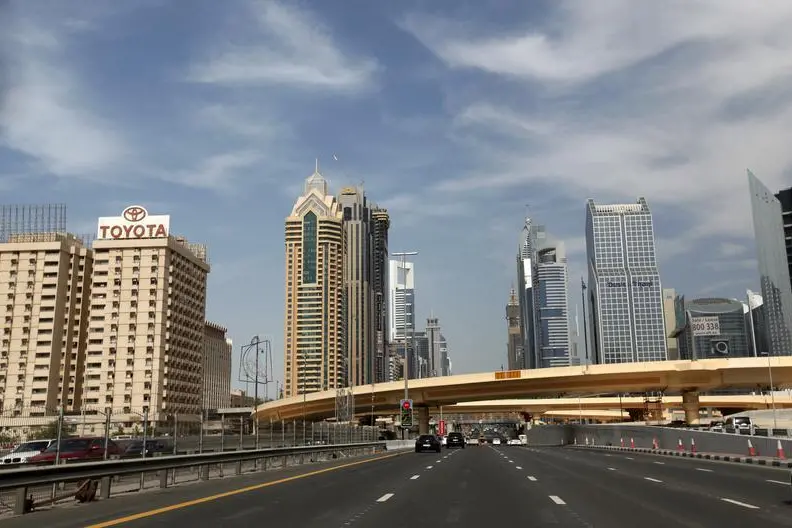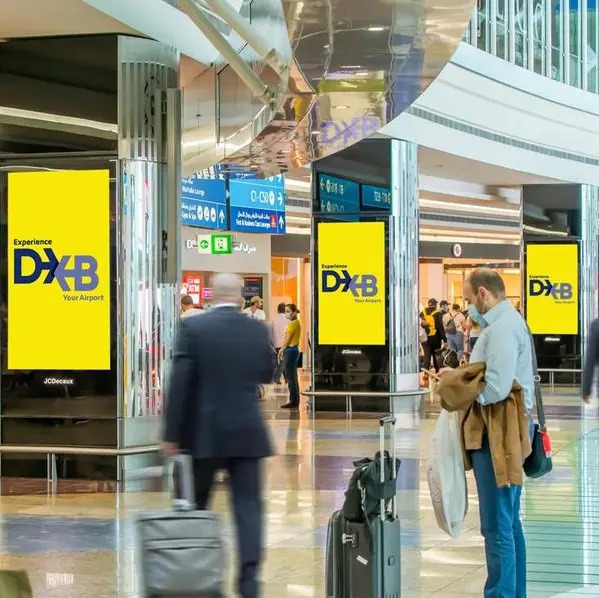PHOTO
When we look at the development sector in Dubai, we can witness a similar outcome. A recent study by Global Capital Partners highlights the low survival rate of private sector developers between the first and second cycle, which is common in the nascent stage of any new market. The total overlap of residential and commercial private sector developers between cycles was a staggeringly low 8 per cent.
As the Dubai real estate market continues to mature, we expect the survival rate of private sector developers will fall further, implying that the ones that survive will have higher completion rates and enjoy greater confidence levels in the market.
A grass roots analysis of the residential landscape of private sector developers reveals that during the peaks in both cycles, the number of developers was at their highest in monitored freehold areas (above 70 unique developers in both the peaks). As prices increased exponentially, developer margins expanded, causing a flurry of small developers to enter the market. A dissection of unique developers for the first and second cycle reveals a 9 per cent overlap, implying that the majority were not capitalised well enough to withstand the downturn or did not see opportunity to re-enter the market.
This is a typical scenario that exists with the creation of new markets that go parabolic where 'easy' money can be made. What we also are witnessing is that the developers that have survived are the ones that have improved the product mix and/or the capitalisation of the project, thereby improving the visibility of the supply pipeline.
In addition, the units launched by the top five private sector developers in both cycles shows a higher concentration for the latter in the ratio of 2:1, highlighting that this time around, the developers were better funded to take on large scale projects, and thereby improving the concentration of offerings by the said developers.
Overlap between two cycles
In the commercial space, like the residential space, there was a rush of private sector developers launching projects in the first cycle. However, in the second cycle, we can witness that the private sector developers for the most part kept away from the office segment. A comparison between the overlap of private sector developers in the first and second cycle is only 5 per cent within this segment. Furthermore, the lower rate of overlap suggests that private sector developers have witnessed tougher conditions in the commercial space.
The reduction in the number of private sector players in an emerging market is a natural phenomenon as increasing competition forces smaller developers to leave the fray. We opine as the Dubai market continues to mature, the private sector landscape will be dominated by a few big players (a la Damac and Azizi). As for the smaller players, they will have to adjust their offerings to be more competitive or unique in order to survive as the bulk of off-plan sales are skewed towards the more reputable companies. This implies that value in the private sector can be found in the overlap of developers between the first and second cycles.
The writer is head of research and IR at Global Capital Partners. Views expressed are his own and do not reflect the newspaper's policies.
Copyright © 2018 Khaleej Times. All Rights Reserved. Provided by SyndiGate Media Inc. (Syndigate.info).












